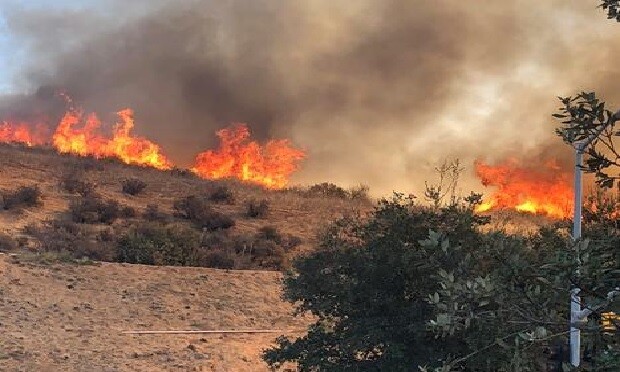The CRE industry in the U.S. is a large and diverse alternative asset sector valued at about $15 trillion. The industry is very resilient and adaptable even though many pundits over the decades have called for its collapse and extinction. Since the 1980s, the country has been through numerous recessions and real estate crashes as follows:
- Recession and high interest rates of 1980 to 1982
- S&L, real estate, and oil crash from 1987 to 1992
- Recession of 1990 to 1992
- Dot.com crash of 2000
- Recession of 2001
- The Great Recession and real estate crash of 2007 to 2012
- Covid recession of 2020
In each of the above downturns, the CRE industry has suffered mightily with substantial loan defaults, foreclosed assets, and billions in lost investment. In the crash of 1987-1992, the value of all property types declined at least 60% and there were thousands of vacant and "see-through" office buildings and run-down apartment complexes scattered in every market in the country. The carnage was especially bad in the southwest states of Texas, Arizona, and Nevada. In the Great Recession, the value of the average CRE property also declined precipitously to about 50% and there were thousands of defaults, foreclosures, and lawsuits.
During each of these calamities, the pundits proudly proclaimed the death of the CRE industry, and many properties would be vacant, untenantable and need to be demolished. However, the CRE industry has thrived over this forty-plus-year period, even with all the defaults and foreclosures. Does anybody remember the Resolution Trust Corporation that was created in 1989 and sold much of the foreclosed S&L real estate assets at 30% and 40% on the dollar? Investors at the time who bought these discounted assets made huge profits years later when the assets were sold. This period also saw the creation of most of the public REITs that exist today.
What about the carnage that happened to the retail real estate industry just six or seven years ago? There were over 50,000 store closures, dozens of retail companies went bankrupt including Toys R Us, Sears, JC Penney, Gymboree, Forever 21, Mervyns, RadioShack, Ascena Retail Group, Belk, Payless Shoes and many more. Many financial mavens predicted that the retail industry was history, and everyone will shop online and never visit a store again. This did not happen. The closed stores were sold, repurposed, and re-leased and today, if you drive around any suburban area in the country, you rarely see a vacant Sears store or an empty box that was formerly a Toys R Us or big box tenant. The CRE industry is very adept at taking vacant and unused real estate and changing its "highest and best use" or repurposing the use into another cash-flowing real estate asset. Whenever these downturns or crashes occur, the distressed side of the industry, which is usually dormant until the crash occurs, rises to the challenge and mobilizes its resources to acquire, renovate, release, and sell these foreclosed and vacant properties.
Want to continue reading?
Become a Free ALM Digital Reader.
Once you are an ALM Digital Member, you’ll receive:
- Breaking commercial real estate news and analysis, on-site and via our newsletters and custom alerts
- Educational webcasts, white papers, and ebooks from industry thought leaders
- Critical coverage of the property casualty insurance and financial advisory markets on our other ALM sites, PropertyCasualty360 and ThinkAdvisor
Already have an account? Sign In Now
*May exclude premium content© 2025 ALM Global, LLC, All Rights Reserved. Request academic re-use from www.copyright.com. All other uses, submit a request to [email protected]. For more information visit Asset & Logo Licensing.








